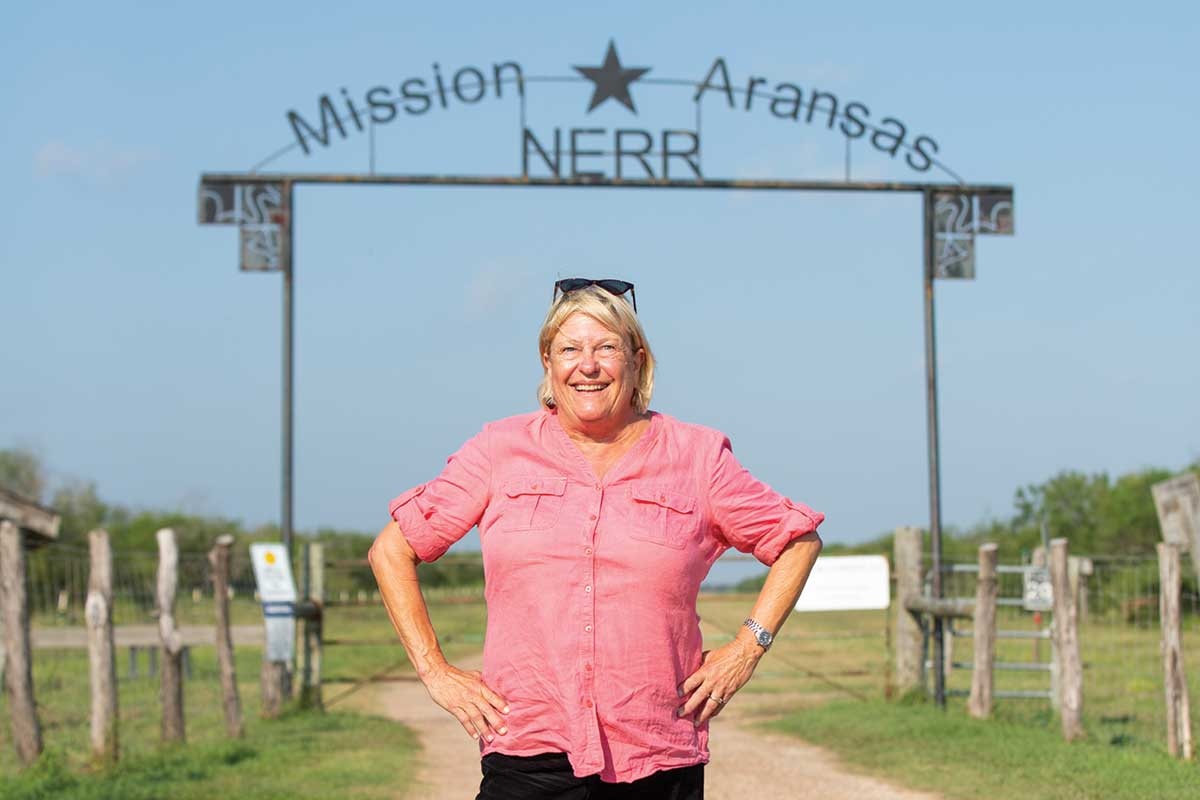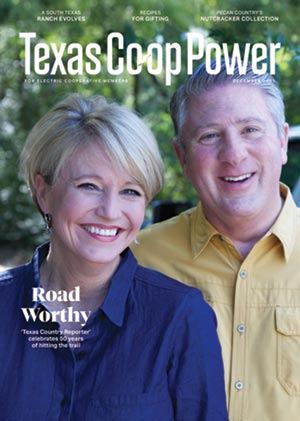Walking a woodland trail on the Fennessey Ranch, Sally Crofutt, former manager of this 3,250-acre spread on the Texas coast, stops at a tangle of woody branches. “Here’s a grapevine,” she says, holding a twisted branch in her hands. “We pick our grapes July Fourth ’cause that’s about when they ripen. I make jelly. I got in the Refugio County Fair with it, and I won.”
Crofutt managed this South Texas ranch of wetlands and coastal prairies for 26 years and has proved her ability to make this rough land bear fruit. She has transformed the Fennessey into a poster child among coastal ranches in the art of revenue stream diversification—a step many ranches must pursue now that increasingly complex production cost management means cattle operations alone will not do the trick.
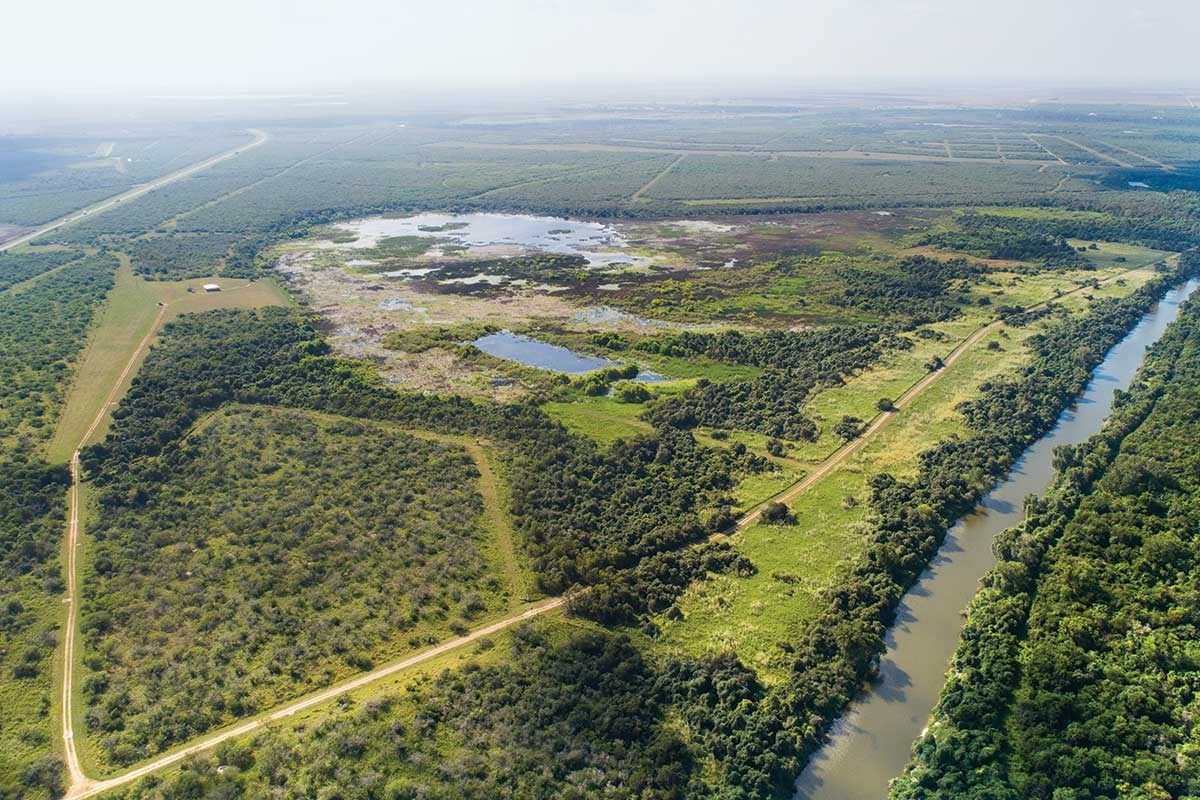
The McGuill Lake wetlands and Mission River on the Fennessey Ranch.
Erich Schlegel
“Over the past 30-plus years, input costs associated with cattle production have risen at a faster rate than cattle prices,” says Clay Mathis, director of the King Ranch Institute for Ranch Management at Texas A&M University-Kingsville. “It’s more than just rising commodity prices and is particularly driven by the rise in fixed costs of land ownership. Today many ranches that are profitable have achieved success by diversifying revenue streams to spread the fixed costs over more income-producing enterprises.”
Crofutt carved out trails with award-winning wildlife photographer Dean Johnstone to build a photography shelter by the Mission River, 7 miles of which run through the ranch. It’s a prime spot that entices photographers to pay for the opportunity to catch a shot of a painted bunting or a hawk soaring over the treetops.
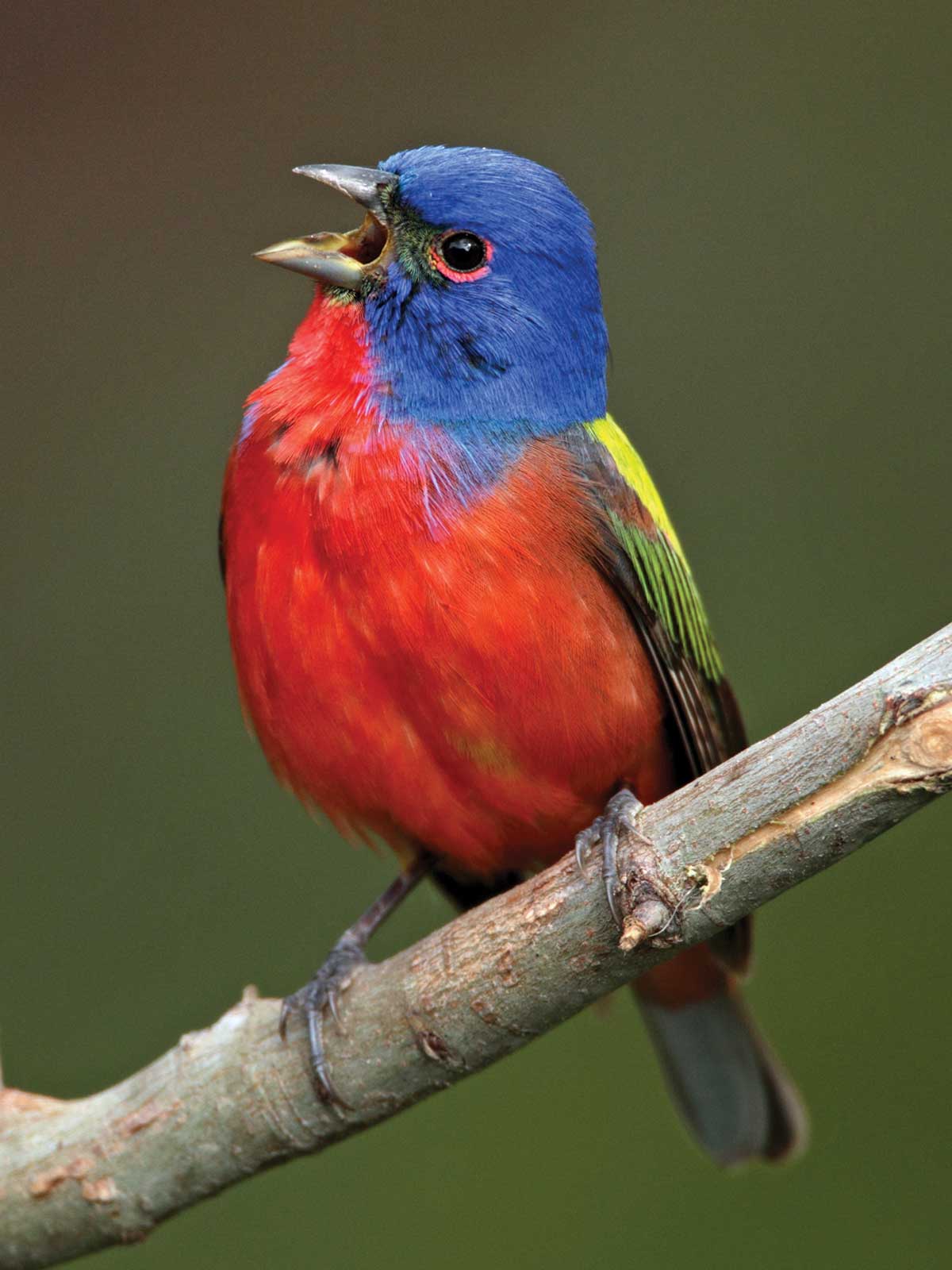
A painted bunting sings during spring migration.
Erich Schlegel
She also leases an observation blind to birders. Located on the Central Flyway, the Fennessey is a birders’ jackpot, with more than 420 species of resident and migratory birds recorded on the ranch. And she brought on beekeepers to coax 160 pounds of honey each year from the endless acres of scrubby huisache trees that greet you as soon as you drive through the ranch gates.
Jim Blackburn, an environmental attorney and professor at Rice University’s Baker Institute for Public Policy, says the Fennessey is an excellent case of a ranch generating alternative sources of income. “The Fennessey’s wildlife tours and catering to birdwatchers and photographers makes them a premier example of how to find cash sources well before others,” he says. “My hat is off to them as trailblazers.”
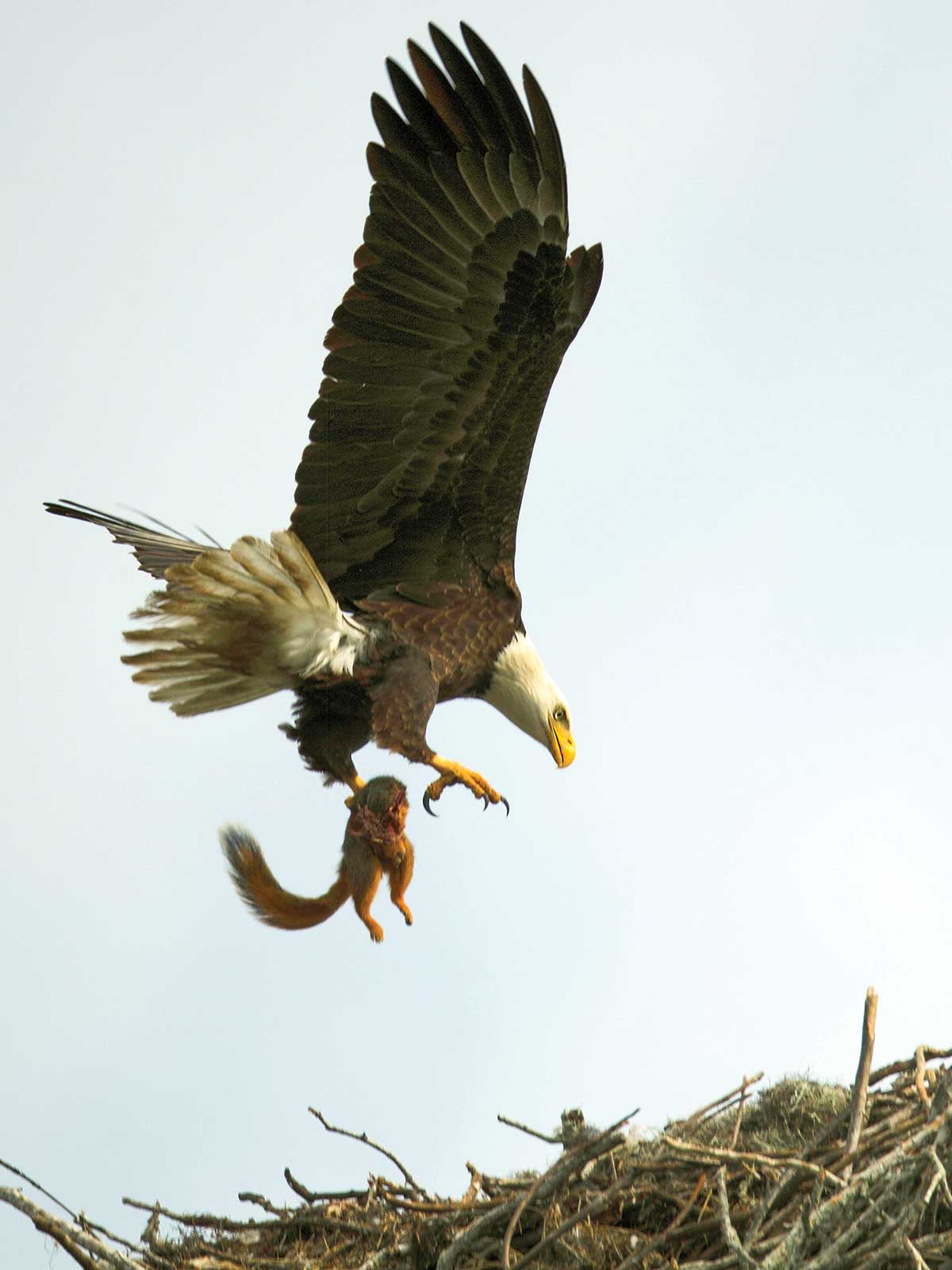
A bald eagle returns to its nest with a squirrel on the Fennessey Ranch.
Erich Schlegel
The Fennessey is at the forefront of what may be the most meaningful way that ranches are diversifying: conservation and education. In his book A Texan Plan for the Texas Coast, Blackburn contends that one of the best things coastal ranches like the Fennessey can do to sustain the land, and therefore the Gulf, is simply remain intact. Although there are many critics of Texas’ vast private land ownership—about 95% of the state’s land is privately owned—some environmentalists believe large private landowners often are the best custodians of their land, as long as they can avoid parceling it off.
“One of the biggest threats to the long-term future of the Texas coast (and perhaps Texas generally) is the potential breakup of large landholding,” Blackburn writes.
“The continued presence of these large tracts devoted to cattle ranching and wildlife is a centerpiece of the charm and ecological abundance and variety of the Texas coast. They provide fabulous wildlife habitat, holding ducks and geese on the ponds and short grass and deer in the woodland.”
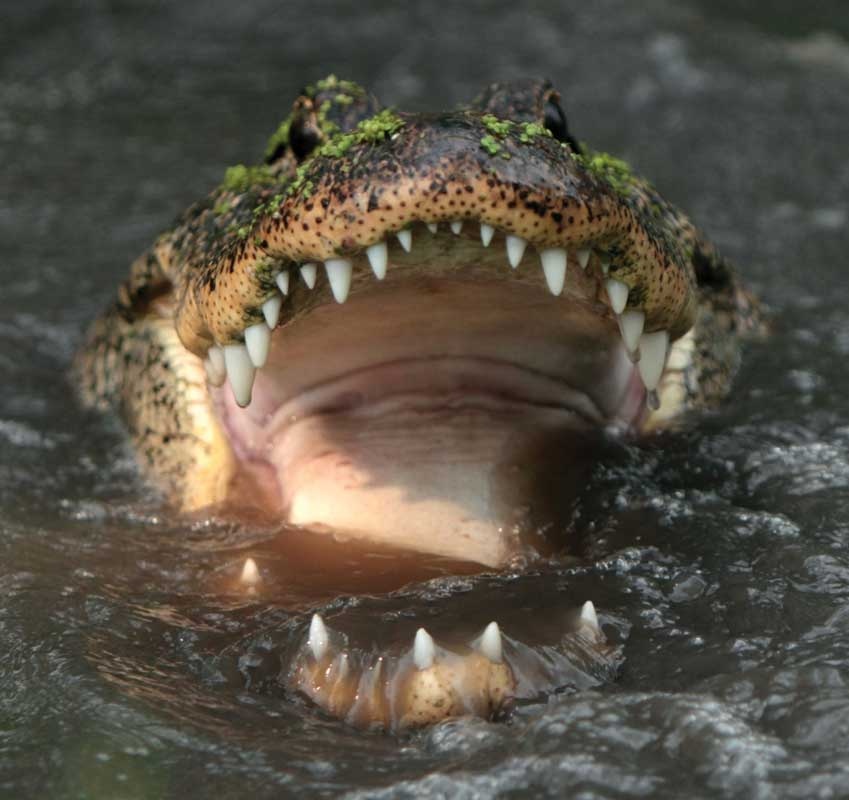
Web Extra: An American alligator.
Erich Schlegel
Mark Steinbach, executive director of Texas Land Conservancy, says unmitigated development changes the landscape in big ways, disturbing ecosystems and negatively impacting the water supply, air quality and light pollution levels.
In 2006 the Fennessey Ranch’s owner, Brien O’Connor Dunn, a descendent of one of the oldest ranching families in South Texas, signed an agreement for a conservation easement with the University of Texas Marine Science Institute. Headquartered in Port Aransas, the institute holds the easement in perpetuity and has made the ranch part of the Mission-Aransas National Estuarine Research Reserve. As Dunn hoped, the ranch’s lakes, meadows, prairie, freshwater wetlands and the Mission River are now an expansive classroom for university research and schoolchildren.
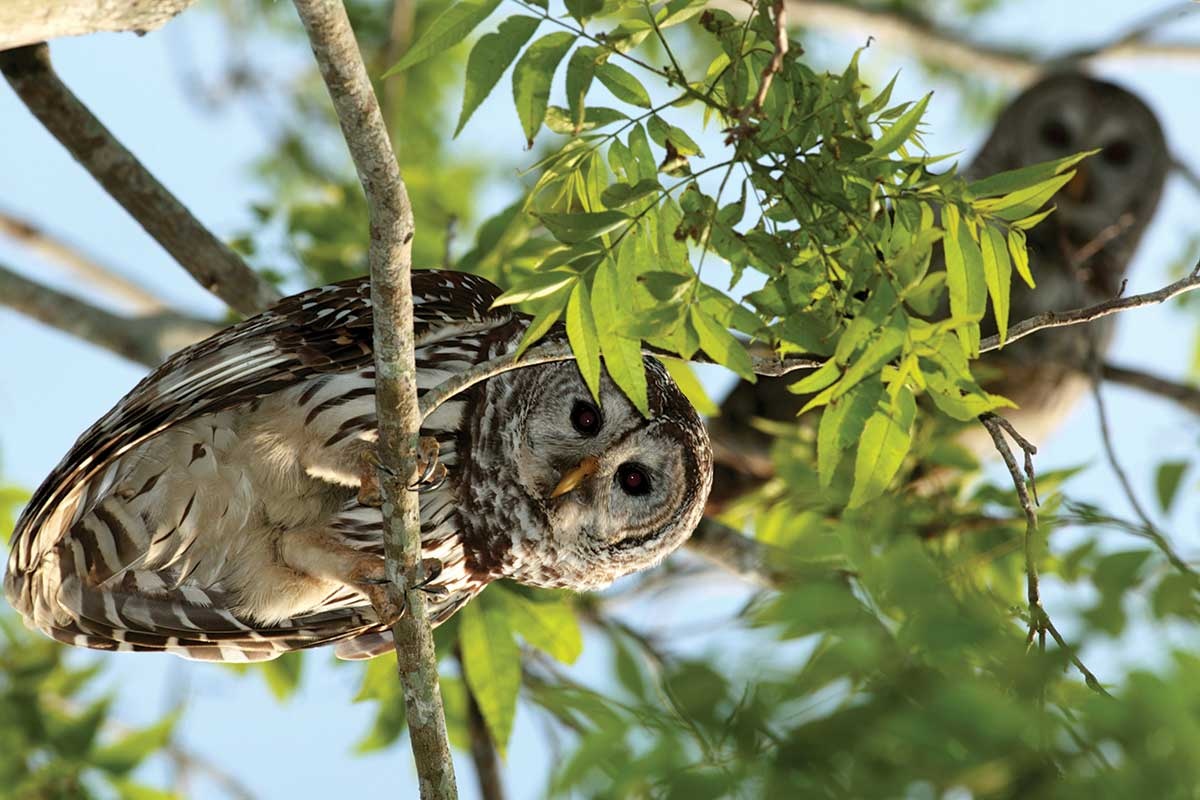
A pair of barred owls.
Erich Schlegel
Education on the Fennessey hits full throttle during its March Madness program, when more than 100 fifth graders overtake a field edging the ranch’s bulrush-filled marshes to tag monarch butterflies migrating to Mexico. Kids jump through hula hoops to mimic the nimble calculations monarchs must perform to avoid smashing into buildings, a reminder of why undeveloped flyways are key to the survival of winged creatures.
Ranchers as conservationists is not a new concept: As far back as 1934, U.S. Rep. Richard Kleberg, “the Cowboy Congressman” from the King Ranch, championed the Migratory Bird Hunting Stamp Act, requiring that a stamp be purchased by hunters of migratory waterfowl to raise funds for wetland conservation. The Caesar Kleberg Wildlife Research Institute, an offshoot of the King Ranch, has for more than three decades studied the loss of native species in Texas and is now working with the Texas Department of Transportation to reseed 240,000 acres of Texas roadsides to restore native plants and habitat.
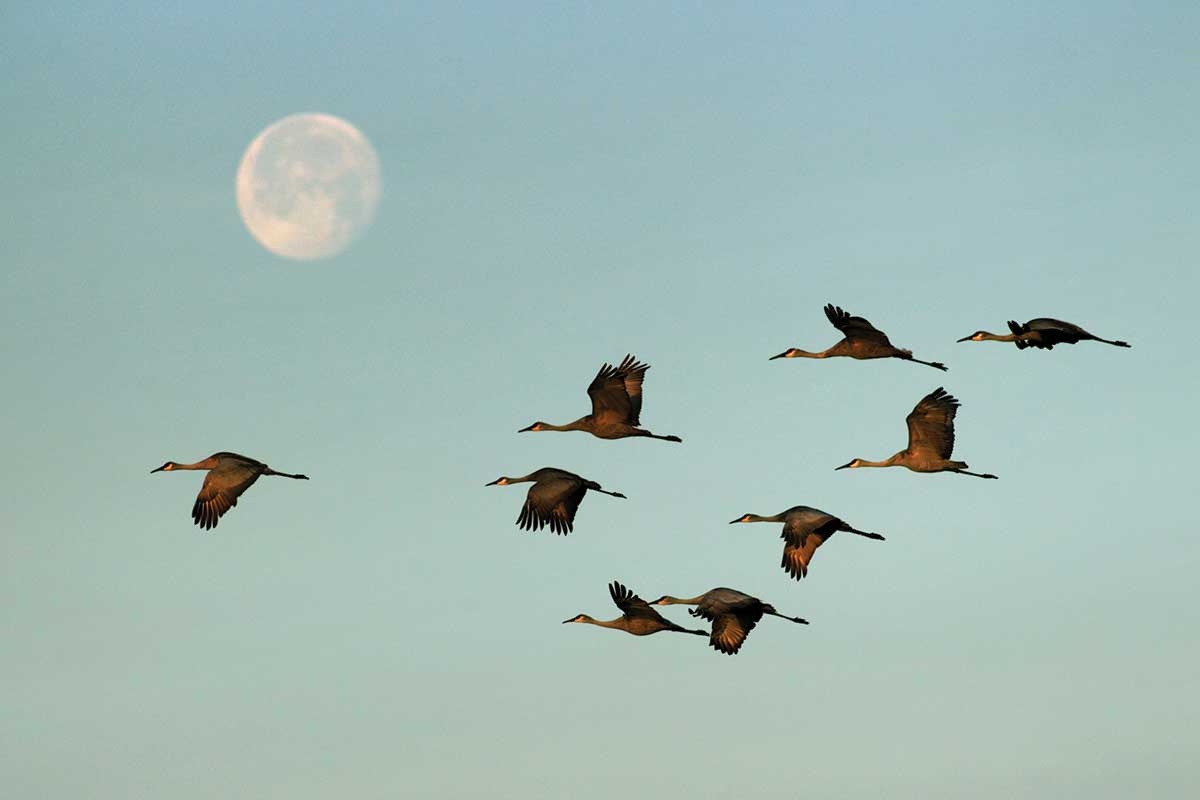
Web Extra: Sandhill cranes fly across the Fennessey Ranch as a full moon sets.
Erich Schlegel
Apart from conservation programs, the ranchers and workers who live on the land and can read its rhythms—those who see what a heavy rain can do or where spoonbills land—are often its best stewards. Crofutt understands the Fennessey with an intimacy earned from decades of interaction. She can throw out an impressive sandhill crane call and then point to the bobbing tail of an eastern phoebe, a sight recognizable only to the practiced eye. She knows what the ranch’s many critters, from its lazy cattle to the one roaming mountain lion, are up to: “Bucks are in rut right now.”
Reflecting on her years on the Fennessey, Crofutt says that finding new ways to make money and keep those acres from being fragmented is her proudest accomplishment. Standing amid the tangle of foliage and trees that frame the Mission River, which feeds into Copano Bay and then out into the Gulf of Mexico, her words show her pride and hard-won knowledge of the land.
Although Crofutt officially retired as manager of the ranch in 2020, she is still intimately involved with the Fennessey, coordinating efforts with the Marine Science Institute. She trains master naturalists and is resuscitating the ranch’s journals, a key way to keep track of changes on the land.
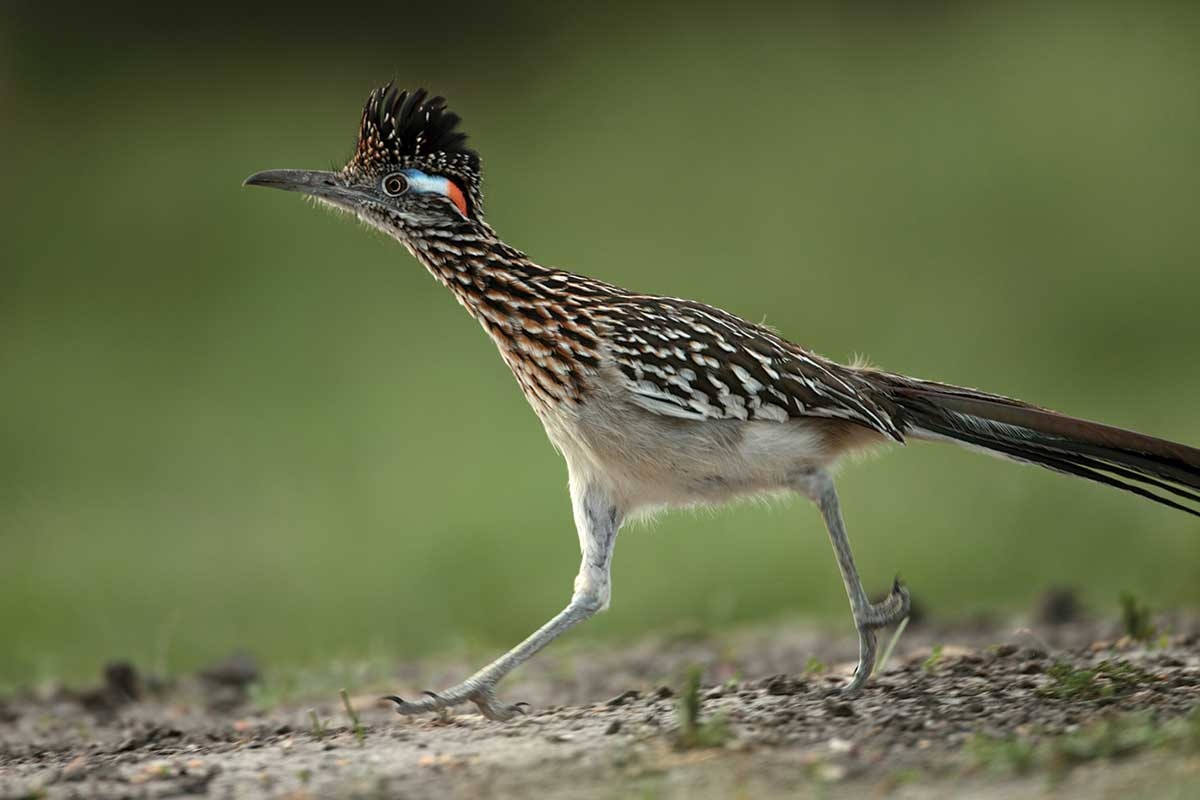
A greater roadrunner.
Erich Schlegel
“I always kept a journal of rainfall, bird and wildlife sightings, what is happening day to day on the ranch,” Crofutt says. “After [Hurricane] Harvey, all of that wound up in the bay. So now it’s all there in Sally Crofutt’s brain, which isn’t all that steady. We are journaling again about what’s happening day to day so that we have a baseline. There are always changes, especially after the big freeze.”
It’s good to know that the Fennessey is in good hands, that its river won’t be surrounded by concrete and condos, and that it will continue to be a source of education and awe.
“I’ve been out here where I’ve seen a thousand hawks just lift off,” says Crofutt. “You see, the hawks have to have large trees to roost in. You want tall trees along the river so your migrating hawks will come in. We have a hawk watch every September that’s just amazing. We put guests on a hawk hayride. I can make a hayride out of anything.”
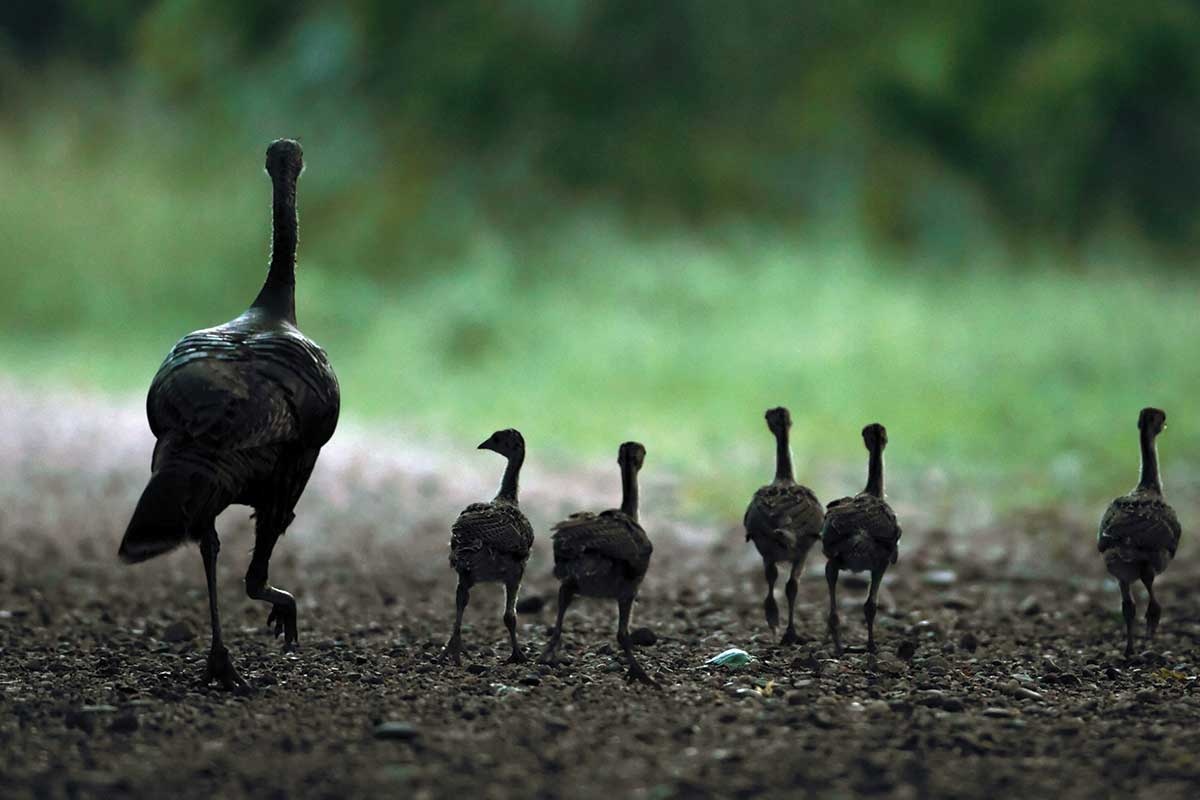
Wild turkeys.
Erich Schlegel
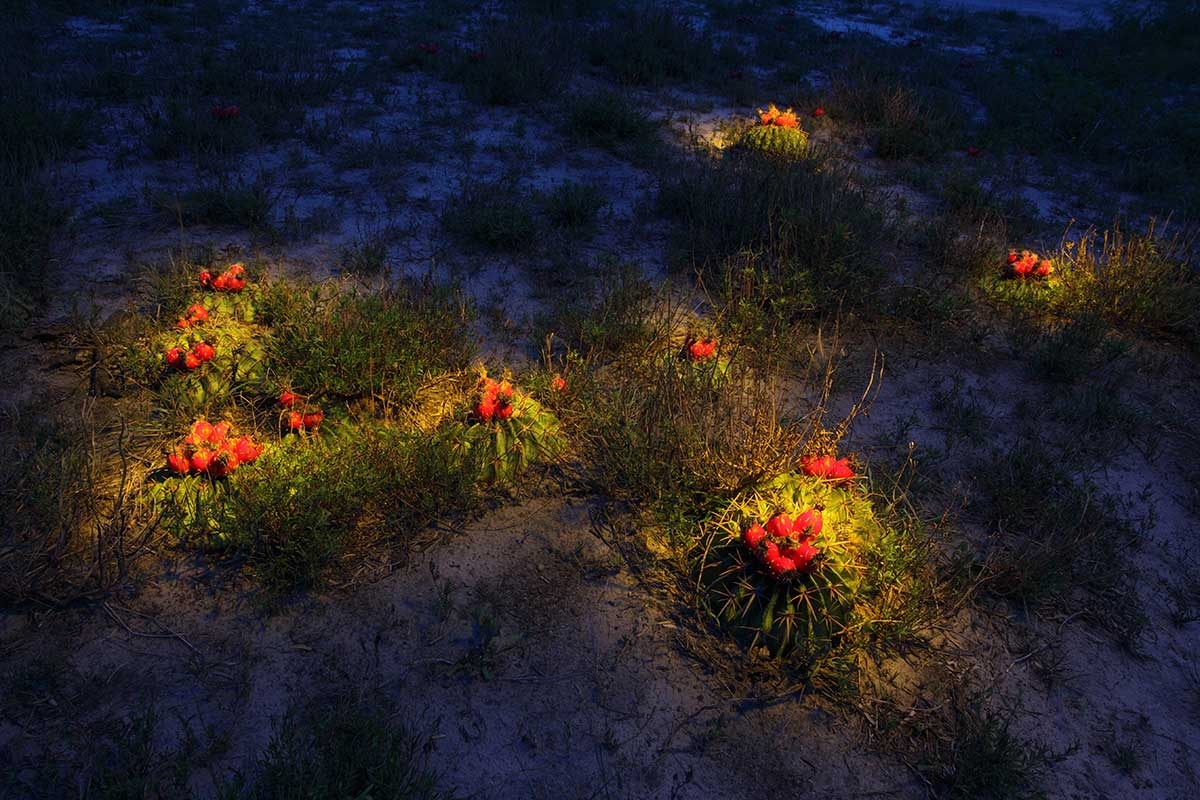
Web Extra: Flowering horse crippler cactuses.
Erich Schlegel
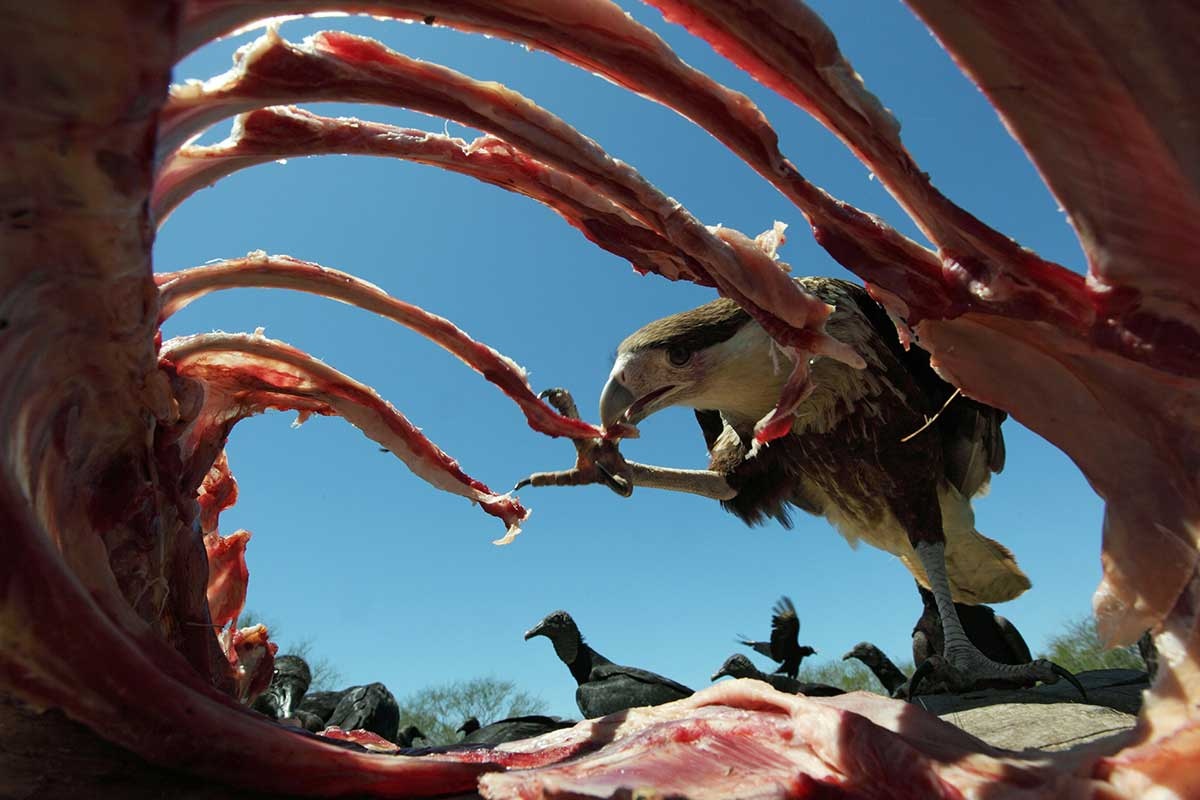
Web Extra: A vulture picks at the carcass of a wild pig butchered on Fennessey Ranch.
Erich Schlegel
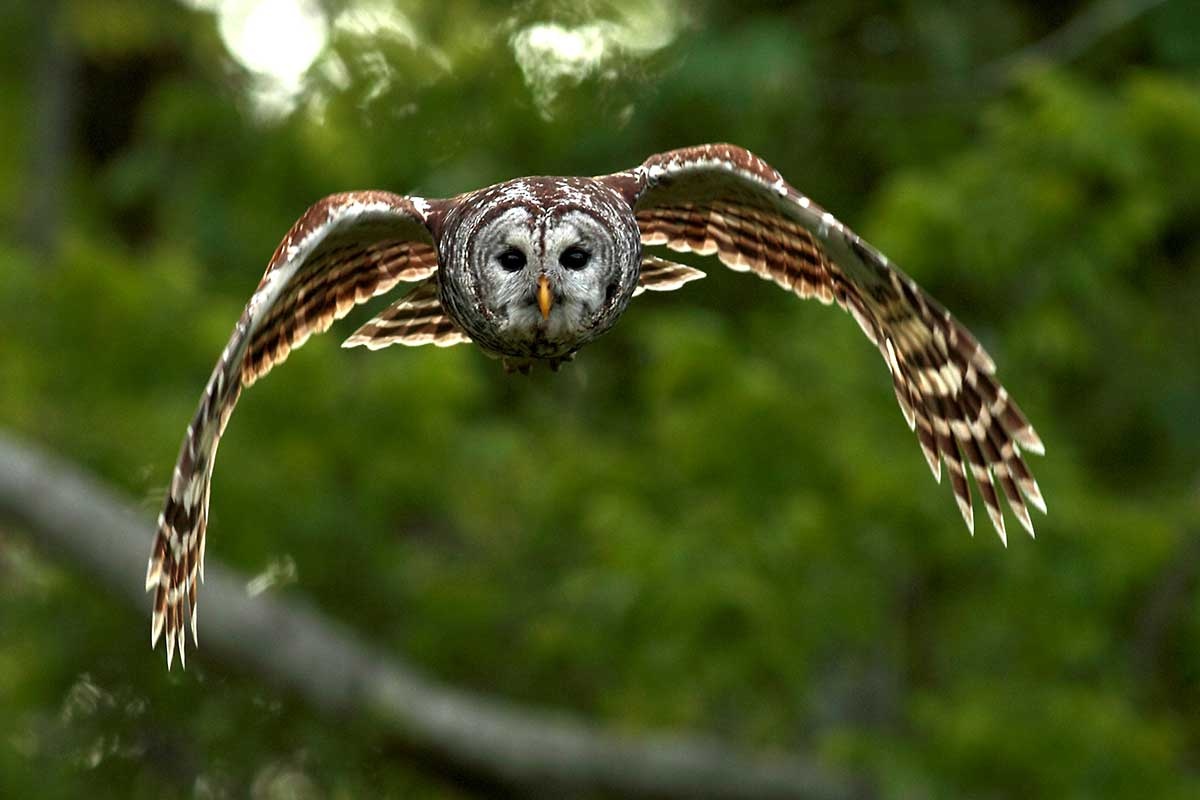
Web Extra: A barred owl in flight.
Erich Schlegel
